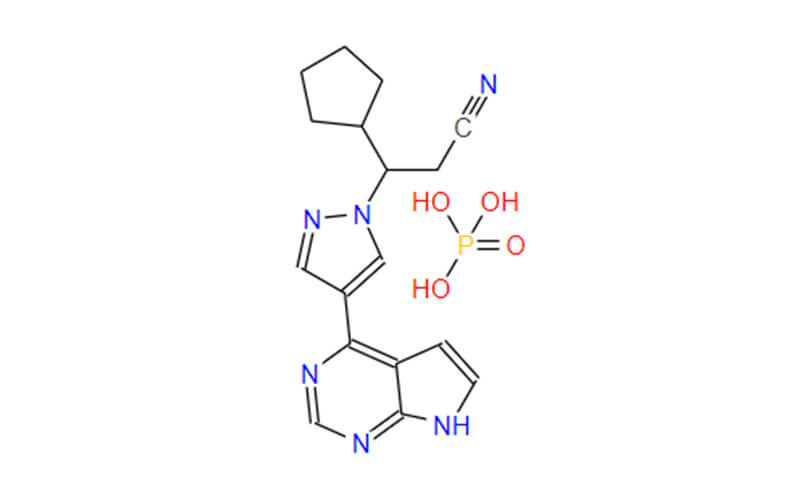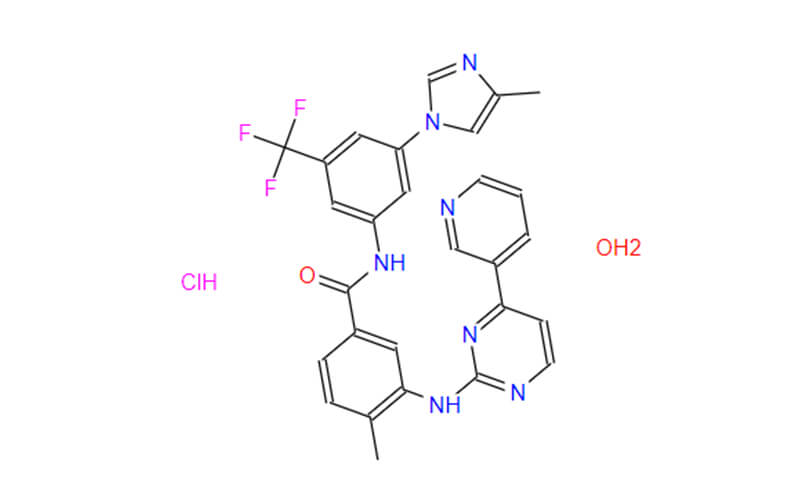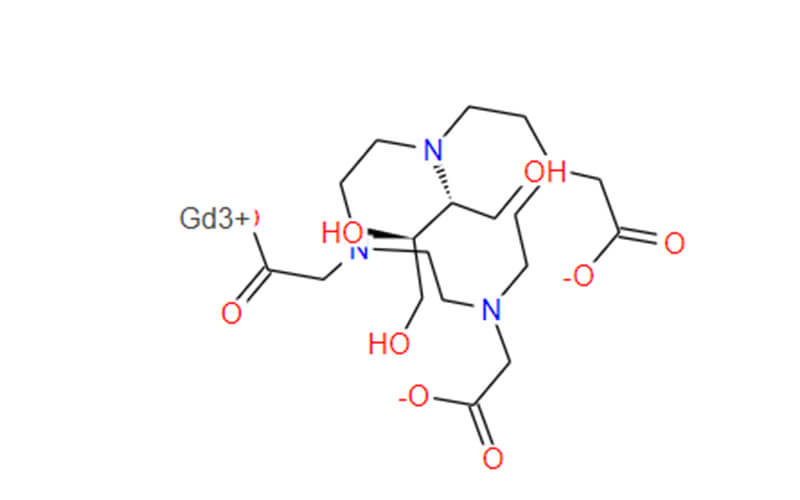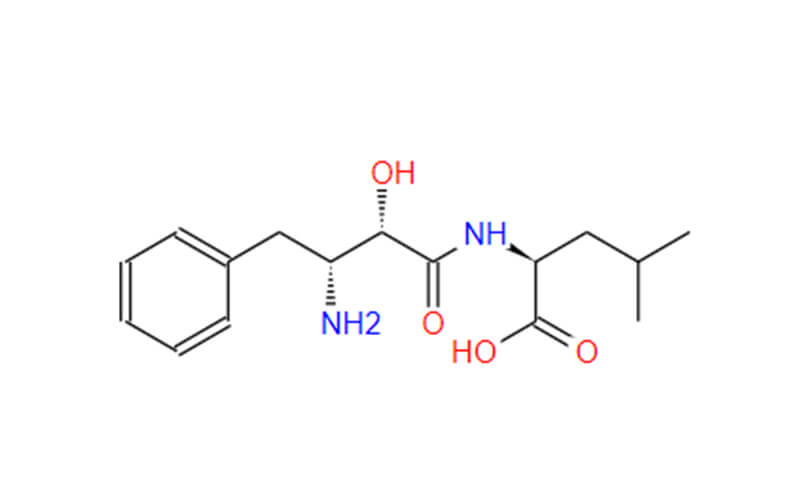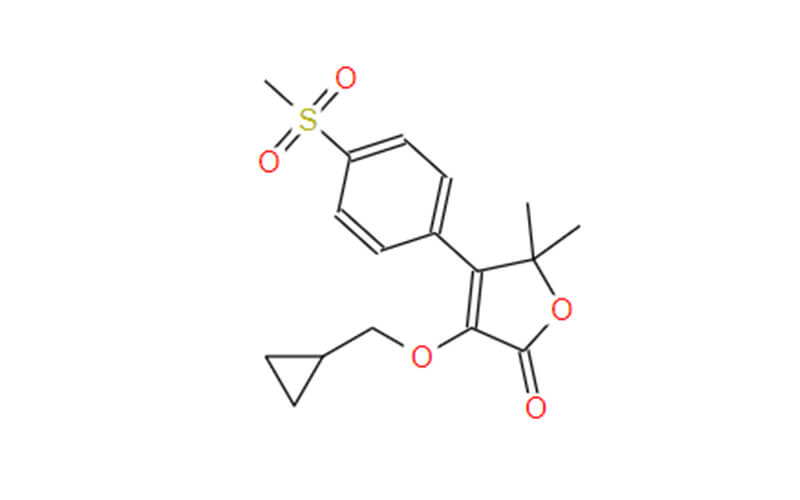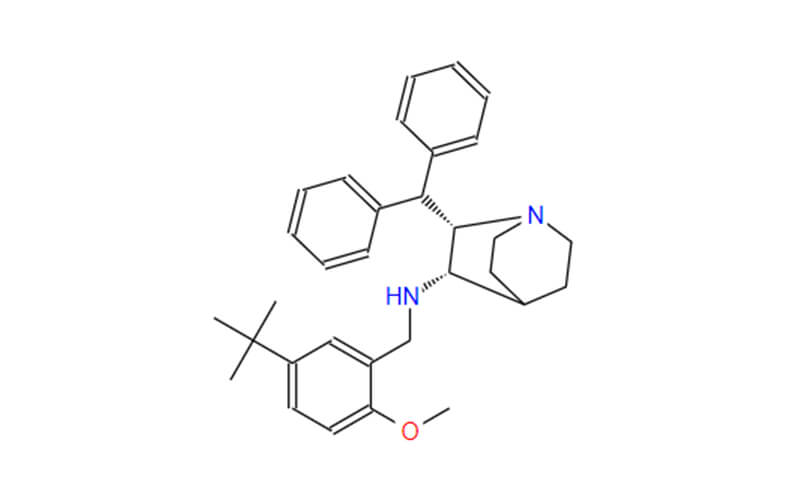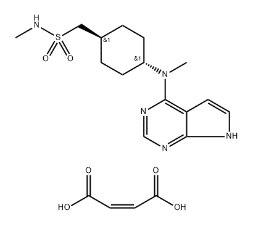Delving into the World of Active Pharmaceutical Ingredients (APIs)
In the realm of pharmaceuticals, the spotlight often shines brightly on the final products that reach patients’ hands – tablets, capsules, injections, and the like. However, behind these tangible medications lies a crucial component that drives their efficacy: the active pharmaceutical ingredients (APIs). APIs are the chemical substances within pharmaceutical products that impart their therapeutic effects, interacting with the body’s biological processes to bring about the desired outcome, whether it’s alleviating pain, combating infections, or managing chronic conditions.
Understanding APIs is essential for comprehending the intricacies of pharmaceutical science and the development of effective medications. This article delves into the world of APIs, exploring their definition, significance, types, and the considerations involved in their selection and manufacturing.

What are Active Pharmaceutical Ingredients and Their Significance
An active pharmaceutical ingredient (API) is the biologically active component in a pharmaceutical product that produces the intended medical effect. It is the substance that interacts with the body’s target sites to achieve the desired therapeutic outcome. APIs can be small molecules, such as aspirin or ibuprofen, or large molecules, such as insulin or monoclonal antibodies.
The significance of APIs cannot be overstated. They are the cornerstone of modern medicine, responsible for the vast array of treatments that have improved human health and longevity. Without effective APIs, many of the life-saving medications we rely on today would simply not exist.
Types of Active Pharmaceutical Ingredients
The world of APIs encompasses a diverse range of chemical substances, each with unique properties and therapeutic applications. Broadly speaking, APIs can be categorized into the following types:
- Small Molecule APIs: These are small, organic molecules with a molecular weight typically less than 1,000 daltons. Examples include aspirin, ibuprofen, and acetaminophen. Small molecule APIs are often synthesized through chemical reactions and are widely used in various pharmaceutical formulations.
- Large Molecule APIs (Biologics): These are complex molecules, such as proteins, peptides, and nucleic acids, often produced by living organisms. Examples include insulin, growth hormones, and monoclonal antibodies. Large molecule APIs are gaining increasing importance in modern medicine due to their ability to target specific biological pathways with high precision.
- Synthetic APIs: These are APIs that are entirely synthesized in a laboratory using chemical processes. Examples include ibuprofen and paracetamol. Synthetic APIs offer advantages in terms of purity and consistency of production.
- Semi-synthetic APIs: These APIs undergo partial synthesis, where a natural compound is chemically modified to produce the desired API. Examples include penicillin and cephalexin. Semi-synthetic APIs can combine the therapeutic benefits of natural compounds with the advantages of controlled synthesis.
- Natural APIs: These are APIs derived directly from natural sources, such as plants, animals, or microorganisms. Examples include morphine, quinine, and vitamin C. Natural APIs offer a rich source of therapeutic compounds, but their extraction and purification can be challenging.
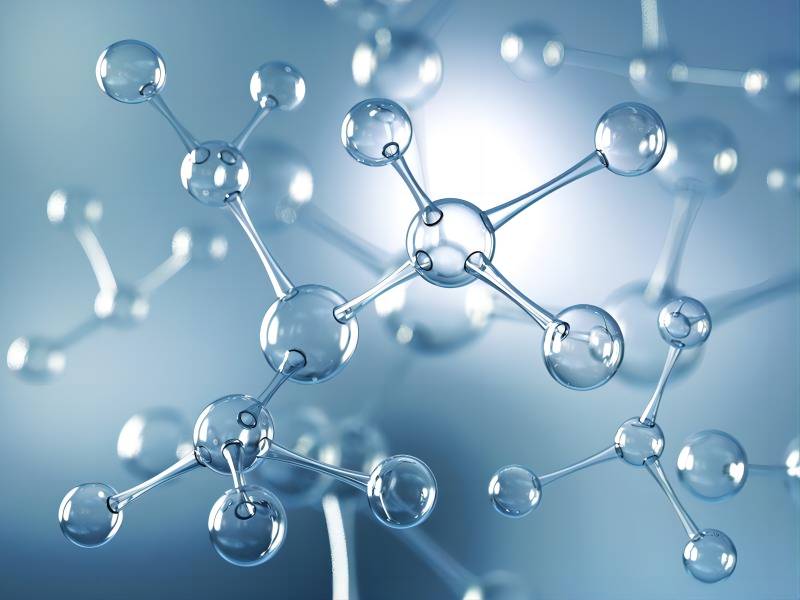
Active Pharmaceutical Ingredients List
The Active Pharmaceutical Ingredients (APIs) landscape encompasses a diverse range of chemical entities, each meticulously designed to address specific therapeutic needs. This section delves into a selection of notable APIs, highlighting their therapeutic applications and the conditions they effectively manage:
- Abemaciclib: A cyclin-dependent kinase (CDK) inhibitor primarily used in the treatment of hormone receptor-positive, HER2-negative breast cancer. Its mechanism of action involves disrupting cell cycle progression and hindering tumor growth.
- Apalutamide: A nonsteroidal androgen receptor (AR) antagonist employed in the treatment of non-metastatic castration-resistant prostate cancer (nmCRPC). It effectively blocks androgen signaling, suppressing tumor growth and progression.
- Aprepitant: A substance P/neurokinin 1 (NK1) receptor antagonist used to prevent chemotherapy-induced nausea and vomiting (CINV). It potently blocks the action of substance P, a neurotransmitter involved in the nausea-inducing pathway.
- Bisoprolol Fumarate: A beta-blocker medication primarily utilized to treat high blood pressure (hypertension) and chronic heart failure. Its action involves blocking beta-adrenergic receptors, and reducing heart rate and blood pressure.
- Brivaracetam: A novel antiepileptic drug (AED) employed in the treatment of partial-onset seizures in adults. It exerts its therapeutic effect by modulating synaptic transmission and reducing neuronal excitability.
- Lemborexant: A dual orexin receptor antagonist (DORA) medication used to treat insomnia. It effectively blocks the action of orexin, a neuropeptide that promotes wakefulness, thereby inducing sleep.
- Dacomitinib: A pan-HER inhibitor, primarily used in the treatment of non-small cell lung cancer (NSCLC) harboring epidermal growth factor receptor (EGFR) or HER2 mutations. Its mechanism of action involves blocking multiple HER receptors, disrupting tumor cell signaling and proliferation.
- Mirogabalin: An alpha-2-delta (α2δ) ligand primarily used to treat neuropathic pain, including diabetic peripheral neuropathy and fibromyalgia. It modulates neuronal excitability and reduces pain transmission.
- Relugolix: A gonadotropin-releasing hormone (GnRH) antagonist employed in the treatment of endometriosis and uterine fibroids. It suppresses GnRH secretion, thereby reducing estrogen production and alleviating symptoms associated with these conditions.
These APIs represent a mere glimpse into the vast and ever-expanding world of pharmaceutical innovation, where scientists tirelessly strive to translate scientific breakthroughs into effective treatments for a wide spectrum of human ailments. As research and development continue to advance, we can anticipate the emergence of even more sophisticated and targeted therapies, further enhancing the potential to improve human health and well-being.
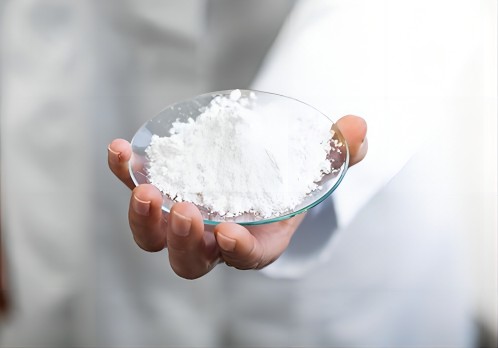
Considerations for Selecting Active Pharmaceutical Ingredients
The selection of an appropriate API for a pharmaceutical formulation is a critical decision that involves careful consideration of various factors:
- Therapeutic Efficacy: The API must demonstrate the desired therapeutic effect in treating the intended condition.
- Pharmacokinetics: The API should possess favorable pharmacokinetic properties, including absorption, distribution, metabolism, and elimination, to ensure its effectiveness and safety.
- Safety: The API must undergo rigorous safety assessments to minimize potential adverse effects and drug interactions.
- Manufacturing Feasibility: The API should be amenable to cost-effective and scalable manufacturing processes to ensure a reliable supply.
- Regulatory Compliance: The API must meet all regulatory requirements for quality, purity, and consistency to ensure patient safety and product approval.
Conclusion
Active pharmaceutical ingredients play a pivotal role in the development and efficacy of pharmaceutical products. Their careful selection, synthesis, and quality control are essential to ensuring the safety and efficacy of drug formulations. Understanding the intricacies of APIs is crucial for pharmacists, pharmaceutical scientists, and healthcare professionals alike. As the field of pharmaceuticals continues to evolve, the development of novel and effective APIs remains at the forefront of medical innovation.

